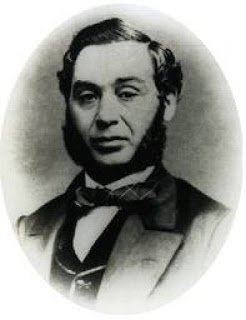Clock finder
Hallo my friend, have you ever imagined how the ancients knew the time? The time / hour indicator experienced development from time to time, from the beginning was discovered until now. Do you know? The word jam has been used in the 14th century about 700 years ago, which comes from the Latin language "clocca".
According to historical, sundial or sundial records are the oldest hours in human civilization. This clock was made by a Muslim astronomer named Ibn al-Shatir about 3,500 years before Christ. This clock shows the time based on the location of the sun, by utilizing shadows that hit the flat surface. Ibn al-Shatir divides the time of day by 12 hours, in winter the time is short, while in the summer the time is longer
About 5,000-6,000 years ago, Egyptians measured time and made calendars using obelisks. In 1400 BC the Egyptians also used a water clock called Clepsydra. The most sophisticated water clock was first discovered in the heyday of Islam created by Al-Jaziri in 1136-1206 in the form of an elephant and can produce sound in every hour. The largest astronomical clock made by Al-Jazari is called Castle Clock, which is considered to be the first programmable computer analog.
In the Islamic world, Al-Jazari is not the only scientist who created the clock. Many other scientists who have also been recorded have found several types of clocks. However, the discovery of the most famous water clocks was carried out by Al-Jazari. While the hourglass appeared around 1400 BC, based on the relics found in the grave of Amenhoterp I, in the form of a small vessel filled with water which had a hole in the bottom that served to drip water.
For clocks with mechanical propulsion, it was never known the origin of the discovery. However, the equipment was allegedly first discovered and used in monasteries as a means of calling monks or nuns to pray to be sounded on time.

He is Peter Henlein a man of German descent who at the beginning of his career was a locksmith in Germany. Peter Henlein was a craft activist who made Taschenuhr aka a portable clock or the first decorative clock in Germany.
Taschenuhr became a trend in those days and was used as a pendant or jewelry which is generally used by the nobility. Peter H was famous for his tenacity and perseverance in doing things to truly become a recognized and quality masterpiece.
Peter Henlein (also spelled Henle or Hele) (1485 - August 1542), was named the first watchmaker in the world, although many others had the same perception or idea as Henlein, but he was the one who proved to be the inventor of the first hour. once worked in a place of craftsmen of unique objects, and Peter worked there as a locksmith. In addition to working on or making keys, Peter tried various interesting things such as making metal crafts with micro sizes. While there was a dream, Peter tried to create a clock.
On September 7, 1504, he was involved in a fight between fellow locksmith George Glaser. He sought asylum in a local Franciscan monastery, and he stayed there for four years, until 1508.
And finally in 1509 Peter came out of the convent and became a teacher in the city's locksmith guild. Peter became a figure known as the small brass-powered spring portable watchmaker, the clock was very rare and expensive and was a fashionable presentation worn by time nobles.
The clock used as one of the jewelry will always be attached to the alias clothes can be said as a Pendant. The size is still relatively large when compared to the current hour, the size of the clock is 3 inches but this size is the largest size compared to the clocks that appeared in the following centuries to the present.
Henlein's creation is considered a Semi-Driven Small Clock, this clock is a special gift for important people alias people who are inspirations in the City. Peter himself was named the first hour craftsman who succeeded in making Clockworks a "Bisamkopfe", a a small container made of gold and serves as a container for fragrances, aka perfumes and disinfectants.
Peter Henlein also contributed to the construction of the clock tower for Lichtenau Castle in 1541, and was known as the maker of scientific instruments.